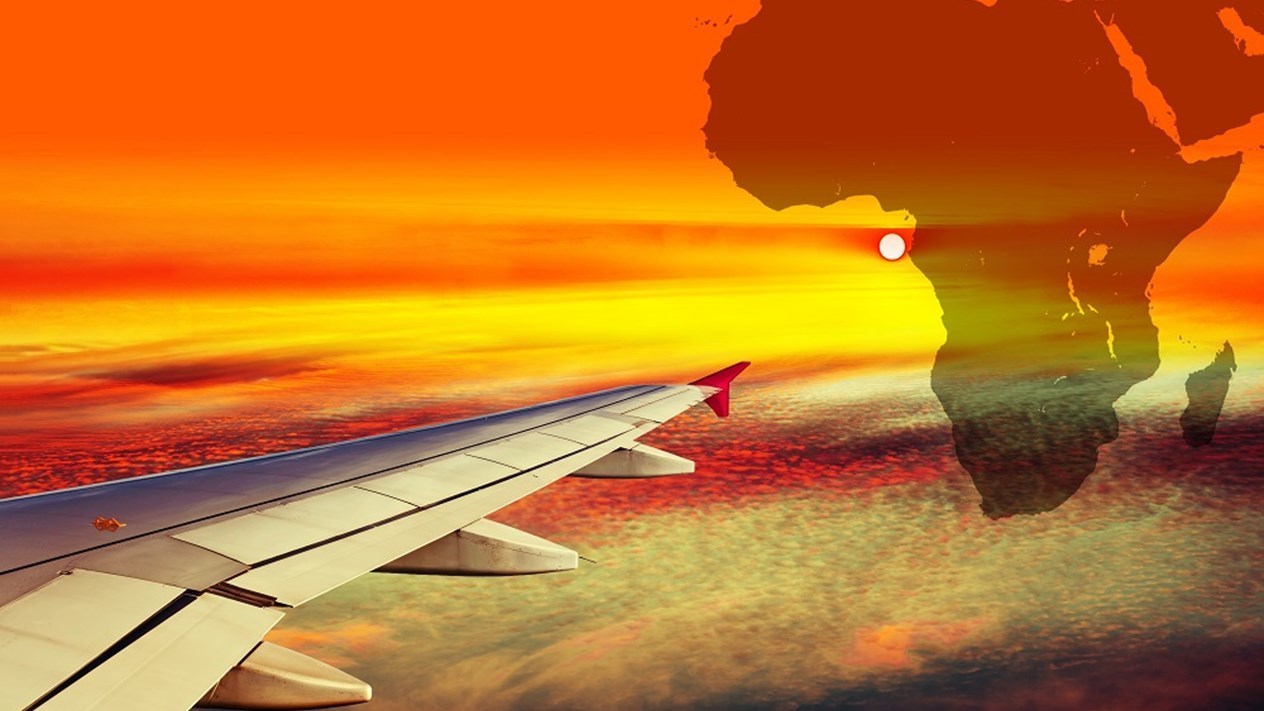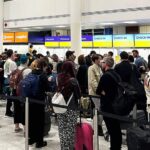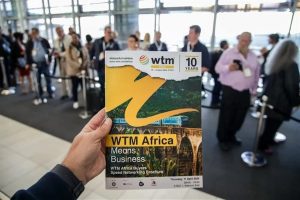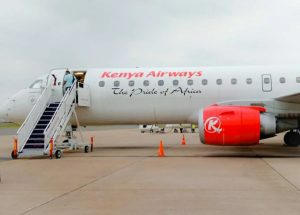Kamil Alawadhi, IATA’s Regional Vice President, Africa & Middle East, says governments must walk the walk and support African aviation.
Aviation’s post-pandemic recovery was predicted to be uneven across markets and dependent on financial and economic factors, government policies, and the relaxation of travel restrictions and requirements.
Partly, this was caused by the aviation industry grounding to a halt worldwide in 2020. To stay afloat, airlines, airports, ground handlers, and other services suppliers accumulated debt in various shapes and forms, which they now must repay.
At the same time, across the board, in industry and governments, hundreds of thousands of staff were retrenched, retired, or furloughed to cut costs and preserve cash. Many industry players are now trying to rehire or hire new people, but for various reasons—such as the slow pace of security vetting of new airport-based workers in the United Kingdom—many entities are ill-equipped to take full advantage of the surges in demand that are being seen as markets reopen. Instead, we have entered the surreal, where airlines are forced to cancel thousands of flights. And London-Heathrow, an iconic global hub, has capped traffic at 100,000 passengers a day to prevent operational gridlock.
Traffic flows
Although Africa’s airlines and airports are not experiencing the same chaos as many of the big northern hemisphere gateways, their recovery and sustainability are affected as they are heavily dependent on north-south traffic flows. They are struggling to find a sure footing in the face of numerous other factors facing them too.
For most African carriers, this is an arduous journey with no relief or support from any of the continent’s governments, despite public acknowledgement of the vital social and economic contributions airlines make. And so, those African airlines that have survived COVID are once again being pushed to the brink, with at least one carrier, Comair, going into bankruptcy.
These factors include rising charges for infrastructure and other services, as airports, air navigation service providers, regulatory bodies, and other suppliers look to recoup foregone revenues and cover their inflationary costs.
In some countries, notably Nigeria, Zimbabwe, Ethiopia, and Eritrea, the situation has exacerbated shortages of foreign exchange, prompting central banks to block or severely limit the repatriation of more than $800 million of foreign airlines’ revenues derived from sales in those territories.
On top of this are increasing demands and pressure to invest in and adopt environmentally sustainable technologies and processes.
Fuel prices
By far the biggest headache for every airline is the sharp increase in fuel prices. Even though Africa only accounts for 1.9% of the global air travel market, the continent’s carriers are not immune to this geopolitical shock.
According to IATA’s most recent analysis, the global average jet fuel price in mid-July was $146.4/barrel. At this level, airlines worldwide will incur an extra $134.3 billion to their combined total fuel bill for 2022.
Although fuel prices have come off their June 2022 peak, in Africa, jet kerosene sells at a premium and averaged $160.63/barrel for the first ten days of July. This was 79.8% higher than it had been over the same period last year.
To put this in perspective, aviation fuel historically accounted for between 20%– 25% of most African airlines’ cost base. Today, it can be as much as half, if not more, and is their biggest single line item. Although airlines are trying to mitigate the combined impact of jet fuel prices and other inflationary costs, they are running out of headroom.
Jet fuel usually trades at a $20 premium over crude oil, but this gap has widened to more than $50 since March.
This compounds the challenge many African carriers face. They generate most of their revenues in weaker home currencies but incur their input costs, often including fuel, in US dollars and euros. Every time the dollar price of fuel goes up or the dollar strengthens against softer local currencies, the revenue-cost gap widens.
It may seem incongruous that jet fuel in Africa, which boasts several oil-producing nations, should sell at such a premium. A large component of the additional cost relates to transport and logistics. Because jet fuel is no longer refined in Africa, it must be imported, shipped by sea, and transported from harbors to inland storage depots and airports, often far from the coast. In some places, it is carried by rail or pipeline, but for the most part, it is transported by road.
In addition to the logistics and associated costs, recent events, such as the trucking blockades on South Africa’s motorway between Durban and Johannesburg and the floods that swept away sections of the rail tracks linking the two cities underscored the vulnerability of these supply lines.
The floods around Durban triggered a jet fuel supply crisis at Johannesburg’s O.R. Tambo International Airport, which is unlikely to be resolved before Q4 this year. At its onset, this caused some airlines to cancel flights, with others incurring additional expenses as they diverted flights to refuel at other airports or carried extra fuel (if they could do so). Recently, pressure on fuel supplies intensified with the National Refinery (NATREF) in South Africa shutting down. It operates the dedicated jet fuel pipeline to the airport.
Political will
With so much of Africa’s fortunes dependent on safe, efficient, and affordable air transport, the sustainability of its airlines—both state and privately owned—is crucial. It is time for governments to do more than pay lip service.
The industry does not require state bailouts. Relief from rising statutory charges and taxes on fuel and aviation would be far more effective. The release of blocked funds is crucial, as is the guarantee of secure, reliable, and efficient fuel supplies. Lifting caps on foreign investment and equity in African airlines would also bring much-needed liquidity.
At an intra-Africa level, the biggest and most achievable wins require all African governments to demonstrate their political will by removing the barriers to market entry and ensuring fair and equal treatment for all carriers in each market. This is the basis for the African Union’s Single Africa Air Transport Market (SAATM). Africa’s leaders have been talking about it and signing solemn undertakings since 1988. Having talked the talk, now it is time to walk the walk!
Source: Airlines.






